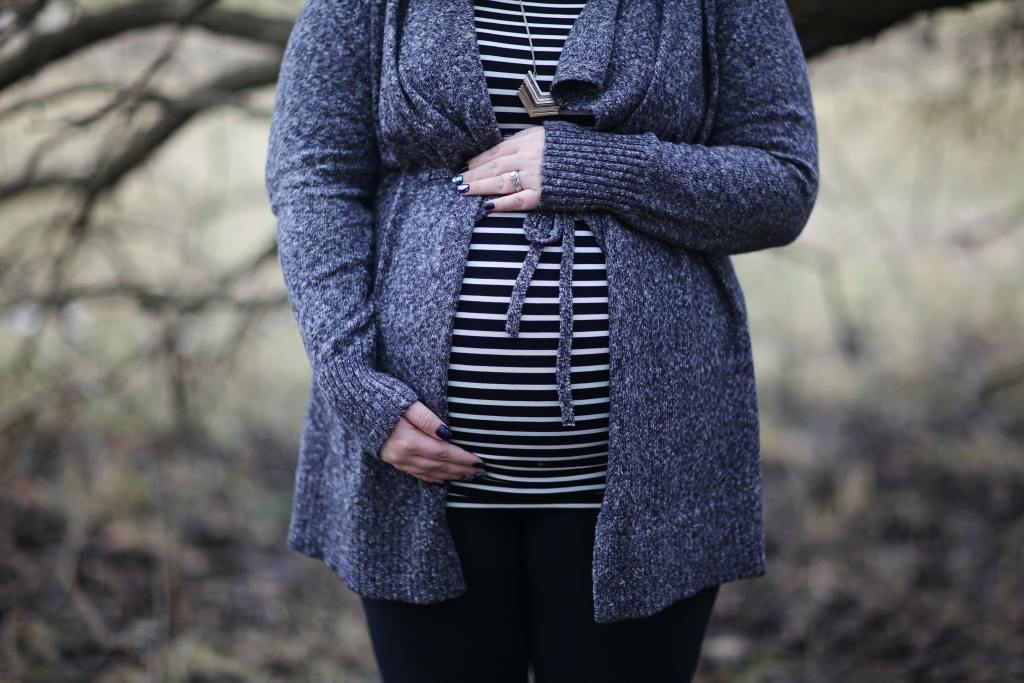During pregnancy, there is a long list of things that you should not do. Sleep posture is one such essential thing to consider, with some good ways to sleep, while other positions are not recommended.
Popular advice is to switch to your side rather than your back or stomach to sleep during the first trimester.
These restrictions may make it harder for people who sleep on their backs or fronts to get a restful night’s sleep.
However, in the second and third trimester, it is not safe to sleep on your back since the pressure of the uterus because of the growing baby can strain your circulatory system. Likewise, sleeping on your stomach is also unsafe with a growing belly.
You can find relief from back pain and other typical pregnant discomforts by sleeping on your side, and there are many ways to achieve this. It may take some time to adjust to sleeping on one’s side, but using body pillows can make the transition much easier.

Find out which sleeping positions are safest for you while pregnant and postpartum.
Best Sleeping Position in Pregnancy
Sleeping on your left side is recommended by many experts for pregnant women, whereas sleeping on your right is fine too. However, lying on your stomach after the first trimester is dangerous for the baby.
In addition, many professionals advise against the flat position sleeping on your back for a long time (though it’s not the end of the world if you flip over in the middle of the night).
But these days, several authorities suggest expectant mothers shouldn’t stress too much about sleeping in a certain posture but should do whatever seems most comfortable instead.
Let’s see how these positions affect you during pregnancy.
- Sleeping on stomach
If lying on your stomach is your preferred sleep position, you should continue doing so until your growing belly makes this uncomfortable or impossible.
- Sleeping on your back
Experts disagree on whether or not it’s safe for pregnant women to sleep on their backs throughout the second and third trimesters.
When you sleep on your back, your expanding uterus and baby put all their weight on your spine, intestines, and vena cava, the main vein that delivers blood from your legs back to your heart.
In addition to increasing the likelihood of headaches, back pain, and hemorrhoids, this pressure can impede digestion, slow blood flow, and even lower blood pressure, inducing dizziness.
But if you do wake up on your back, it’s not something to worry about.
- Sleeping on your side
Some professionals believe that if you sleep on your side (ideally the left), you and your unborn child will rest best during the second and third trimesters.
When you’re in this position, your placenta receives the most blood and nutrients possible (with less strain on your vena cava), and your kidneys are able to work more efficiently, leading to more effective waste removal and reduced edema in your lower extremities.
Best Sleeping Position in Postpartum
The safest and most comfortable way to sleep during pregnancy is well-known, but what about after giving birth?
Doctors recommend a position with the upper body slightly elevated. You can achieve this by angling your body slightly while you sleep by piling pillows beneath your shoulders and chest. This safeguards against the usual postpartum problems of constricted airways and sleep apnea.
In contrast to the advice against resting on one’s back after 20 weeks of pregnancy, women postpartum are encouraged to do so. With your body in this posture, you won’t have to worry about putting undue stress on your incision and can rest easy knowing that you’re not tilting to one side.
A body cushion, tightly folded blanket, or towel can be placed under your knees or arms to provide further elevation and comfort.
Be careful how you get out of bed in this position, though. Do a three-step “log roll” instead of sitting up straight:
- Stay out of bed once you have rolled completely onto your side and bent your knees.
- To sit up, softly push yourself up with your arms while keeping your stomach muscles relaxed.
- You should sit up straight before getting out of your bed.
To lie down on the bed, you should also use the log roll technique, but this time in reverse.
Summary
Pregnancy, at any stage, can make sleep difficult. Unfortunately, there is no silver bullet for overcoming sleeplessness during pregnancy and postpartum. But some methods can assist.
Women can improve the quality of their sleep using a variety of techniques. And to ensure they are sleeping in a way that is safe for their health and their developing baby.

Leave A Comment